Scott Atlas, the mega-mind so brilliant he could slither from neuroradiologist to the President’s COVID-19 Epidemiologist in Chief without breaking a sweat (or ever publishing a paper related to infectious disease or epidemiology), has put his stake in the ground. Open the economy, masks are useless, thousands of scientists agree with me. His basis for this? A strange and mysterious document that suddenly appeared on the internet called the Great Barrington Declaration (GBD). This groundbreaking document seems to have the full support of everyone with the possible exception of almost every serious epidemiologist in the world. It has taken on an importance in Trump’s parallel universe, so it demands close examination.
The GBD and the Disappearing Mask Trick
Among the most striking things about the GBD is not what it says, but what it doesn’t say. The word mask appears nowhere in the document. Instead, the document specifically calls for the reopening of restaurants, which, along with bars, is a setting where the use of masks is impossible. Masks should be front and center in any plan to push for reopening during the COVID-19 pandemic.
It is astonishing that we are even discussing masks. Surgeons have worn masks to limit the spread of microbes for over a century. All the science, from physics, to virology, to epidemiology supports the effectiveness of masks in controlling spread. But the politics of the moment force the argument.
Trump’s anti-mask position is legendary, and he found someone with no qualms about pretending to be an epidemiologist to back his crackpot view. Even Twitter couldn’t countenance Atlas’ barely decipherable anti-mask Tweet this past Monday, labeling it as misinformation.
And still, he persists. So, let’s walk through the science.
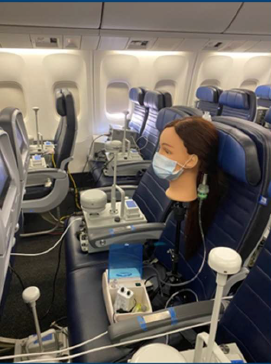
The Evidence: Unmasking Physics and biology
A respiratory virus, such as SARS-CoV-2, inhabits the gunk that lines your airways. Every time you exhale, you emit a small cloud of tiny droplets, almost all of them too small to see. The size, number, and speed of these droplets increases with the force of your breath. A cough is just the sound of a successful virus looking for a new victim. Masks can either block those droplets or limit their range by slowing them down. As a result, fewer people will be exposed. The reason for using a mask is that simple.
Laboratory studies of SARS-CoV-2 have demonstrated that masks reduce the number of viruses emitted by a factor of somewhere between five and a thousand. Studies of earlier coronaviruses as well as the flu virus also suggest a fivefold reduction in the volume of viral particles emitted. An elaborate mockup of an airplane cabin with a simulated source of the virus also found that masks reduced by a factor of 80%.
Bottom Line: Masks reduce the volume of particles produced, the viral load they carry, and the distance they travel.
Unmasking Epidemiology: Do Masks Protect the Wearer from COVID-19?
The efficacy of masks is surprisingly difficult to study directly. Epidemiologists classically study a risk factor, such as smoking, or a protective factor, say exercise, and look at rates of disease in people with and without those risk/protective factors. That doesn’t work for masks.
Masks are most effective at reducing the risk an infected person poses to others. They provide less protection to the wearer. So the efficacy of masks will have more to do with whether or not the people around you wear one than in whether or not you do. Nonetheless, studies do tend to show a protective effect from wearing a mask. A study in Thailand found that people without COVID-19 were nine times more likely to always wear a mask than people with the disease.
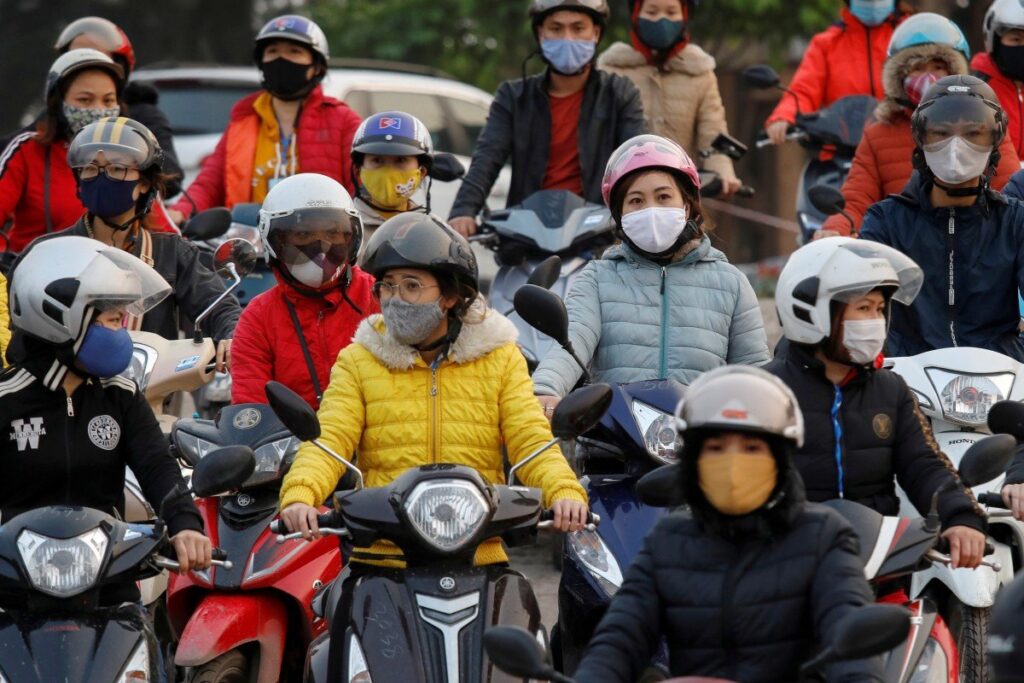
A study of health care workers in Wuhan, China, compared workers in high risk areas (ICU, respiratory care, and infectious diseases) who were wearing masks to those in low risk areas (liver surgery, trauma surgery, and urology) who were not wearing masks outside of the surgical suite. There were no cases among those in the high-risk areas, where they all wore masks. There were 10 cases of COVID-19 in low risk areas where health care workers were not wearing masks.
The latest guidance from the CDC concludes that masks do protect the wearer but the level of protection conferred is related to the rate of mask use among non-wearers.
Bottom Line: Masks appear to help protect those wearing the mask but this is not the primary reason to wear one.
Does UNMasking increase risk of COVID-19?
We have seen that masks reduce disease rates. What happens when people take them off? A key CDC study shows us. The researchers compared activities, from riding mass transit to grocery shopping, in people with and without COVID. The participants had a high baseline rate of mask usage. More than 80% of respondents reported that they often or always wore a mask outside the home. Only two activities were significantly elevated among cases, going to bars and eating at restaurants. What do eating and drinking have in common? Neither is compatible with wearing a mask.
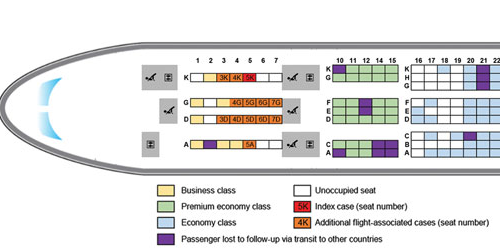
Two outbreak investigations give additional insight into the ability of masks to protect others. The first is the case of an outbreak that didn’t happen. In May, two hairdressers in Missouri were diagnosed with COVID. A review of their records found 139 clients had had their hair styled while the hairdressers were likely to be infectious. Both hairdressers and all the clients wore masks. None of the clients were infected.
In fact, every major outbreak involved a person not wearing a mask. One of the most dramatic occurred early in the pandemic, when a man who was later found to be COVID-19 positive, flew from London to Hanoi. He was not wearing a mask but coughed for the duration of the 10-hour flight. A follow-up study found that he had infected every passenger his row and almost everyone sitting in the two rows in front of him and the two rows behind him. This makes one thing crystal clear. The virus spreads through the air, especially when you don’t wear a mask.
Bottom Line: Being unmasked increases risk to those around an infected individual. Every documented outbreak has involved an infected person who was NOT wearing a mask.
Do Mask Usage and Mask Mandates Protect Populations?
More evidence comes from studies of the relationship between rates of mask-wearing or the implementation of mask mandates and the rates of disease. Studies in the United States found that both mask recommendations and the percentage of the population wearing masks are associated with reductions in the spread of COVID-19. The reduction in spread increases with earlier implementation of mask mandates. Similar studies in Germany and Italy showed the same results. Comparisons among countries show clear associations between mask use and improved pandemic control.
Bottom Line: Studies at every scale, from counties to countries show an association between mask usage and improved control of the pandemic
Time to Kill the Vampire
This is only a portion of the evidence supporting the efficacy of face masks. Studies have demonstrated over and over that their use reduces the rate at which COVID-19 spreads and appears to be the single most effective tool in controlling the pandemic. Universal use appears to reduce disease transmission rates by 40-60% or more. Note that the criteria for FDA approval of a vaccine is 50% efficacy. In other words, we already have something as effective as a vaccine in preventing the spread of COVID-19. It’s called a mask.
The physics, the biology, and the epidemiology are unequivocal. There is no serious scientific debate on this. Masks work. The evidence is overwhelming. It is time we drive a stake into the anti-mask vampire.
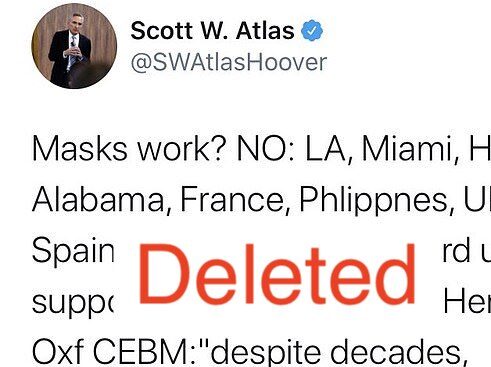
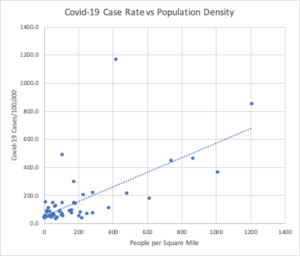
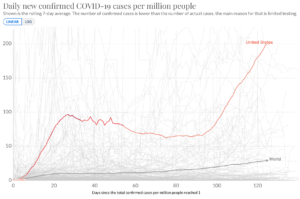
One THOUGHTS ON “Time to Kill the Great Barrington Anti-mask Vampire”
Comments are closed